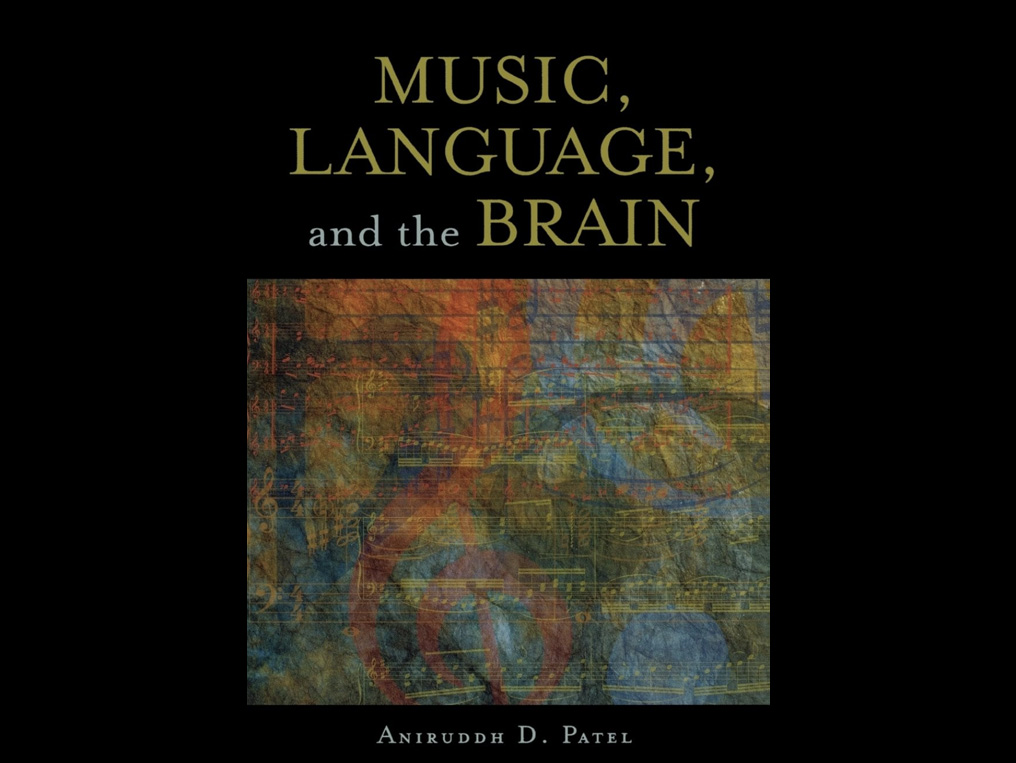
Harmonizing Minds: The Rhythmic Connection Between Language, Music, and Mandarin Learning for Kids
Rhythm, a captivating force that unites language and music, has been the subject of extensive study by cognitive neuroscientist Dr. Aniruddh D. Patel. As we embark on this exploration of the intricate connections between rhythm in language and music, we'll uncover the key components of pitch, scale, rhythm, beat, and interval patterns. Furthermore, we'll intertwine these findings with the innovative approach of "Sing in Chinese," a program dedicated to teaching Mandarin to children through the enchanting world of singing and music.
The Rhythmic Journey
Traditionally, the belief that language and music are processed independently has dominated scientific discourse. However, Patel's groundbreaking research challenges this notion, revealing empirical evidence of shared cognitive and neural mechanisms between these two complex human abilities. As we set the stage, let's delve into the role of rhythm in both language and music, exploring the subcomponents that shape their distinctive expressions.
Pitch and Scale
In the realm of music, pitch is an indispensable element, and its counterpart in language is found in intonation and pitch variations during speech. Patel's research highlights the overlap in rhythmic grouping between language and music, emphasizing the interconnected nature of these auditory phenomena. This finding becomes especially relevant as we consider the immersive approach of "Sing in Chinese," where pitch and melody become integral tools in teaching Mandarin to young minds.
Rhythm and Beat
Patel's work suggests that rhythmic grouping aligns language and music, dispelling the notion that language possesses a periodic structure akin to music. Instead, the focus on statistical patterning of event duration reveals a nuanced relationship between linguistic and musical rhythms. This revelation sparks an intriguing question: can the rhythmic patterns of a culture's language leave an imprint on its musical rhythm? This concept resonates with the innovative teaching method employed by "Sing in Chinese," where linguistic rhythm influences the musical expressions that aid in language learning.
Cultural Rhythms
Patel's findings propose a fascinating connection between linguistic and musical rhythms, suggesting that the linguistic rhythm of a culture influences its musical rhythm. This insight becomes a pivotal aspect when considering language education for children. "Sing in Chinese" incorporates cultural nuances into its musical approach, allowing young learners to absorb Mandarin in a context that mirrors the rhythm of the language's native speakers.
Music, Language, and Learning Mandarin
Aniruddh D. Patel's comprehensive study serves as a bridge between the worlds of music and language, challenging historical dichotomies. Drawing upon insights from linguistics, cognitive science, music cognition, and neuroscience, Patel's work enriches our understanding of the cognitive and neural mechanisms that underpin the profound connections between music and language. In the context of teaching Mandarin to children, programs like "Sing in Chinese" leverage these connections to create an immersive and engaging environment for language learning.
Conclusion
Dr. Aniruddh D. Patel's research has unveiled the intricate relationship between rhythm in language and music. As we reflect on the components of pitch, scale, rhythm, beat, and interval patterns, we see the shared cognitive and neural mechanisms that underlie these fundamental aspects of human expression. In the world of Mandarin learning for children, the harmonious integration of language and music, as demonstrated by programs like "Sing in Chinese," offers a dynamic and culturally rich approach to language education. This synthesis not only challenges conventional beliefs but also opens up new avenues for exploring the dynamic interplay between language, music, and culture.